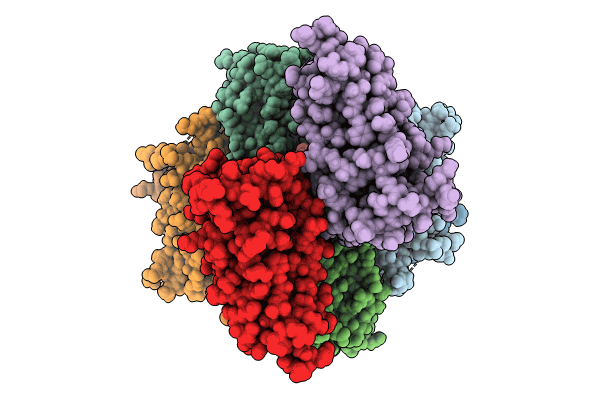
Deposition Date
2024-02-06
Release Date
2024-05-15
Last Version Date
2024-06-19
Method Details:
Experimental Method:
Resolution:
2.60 Å
R-Value Free:
0.29
R-Value Work:
0.28
R-Value Observed:
0.28
Space Group:
P 1 21 1


